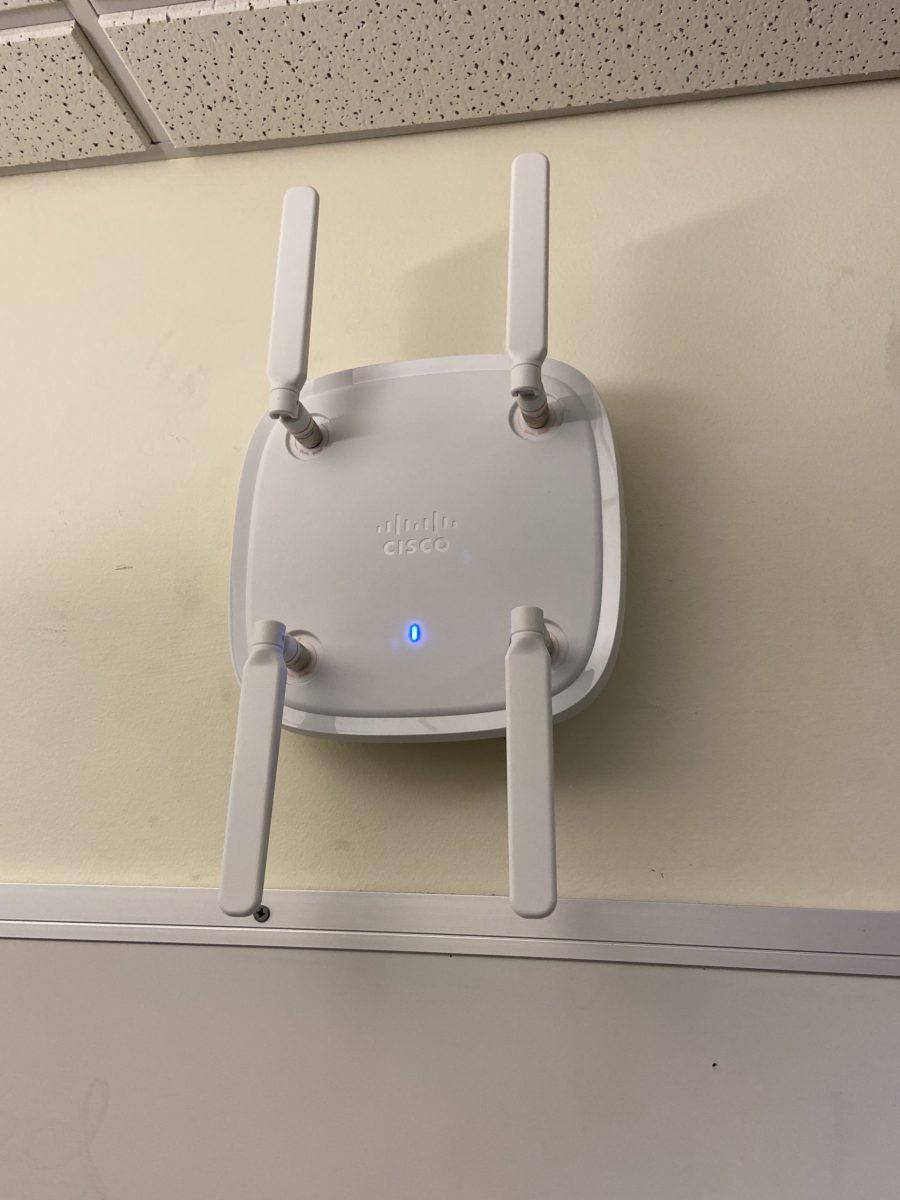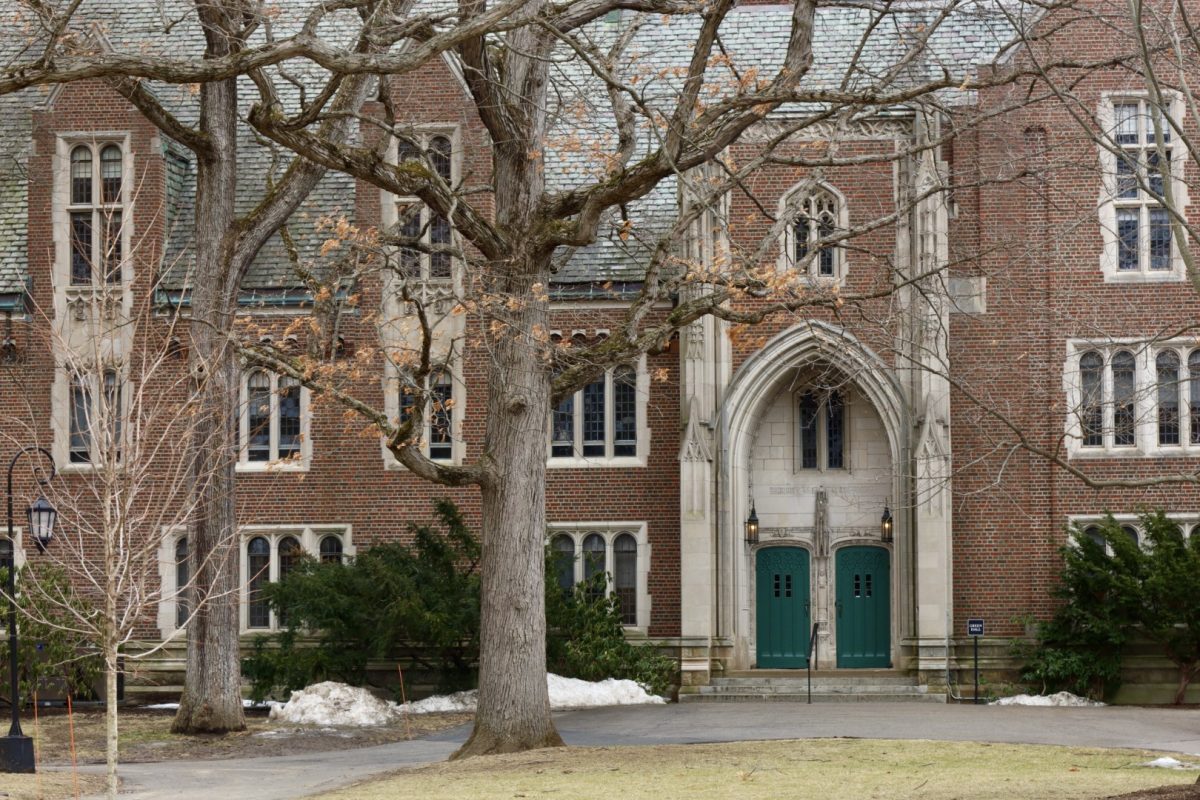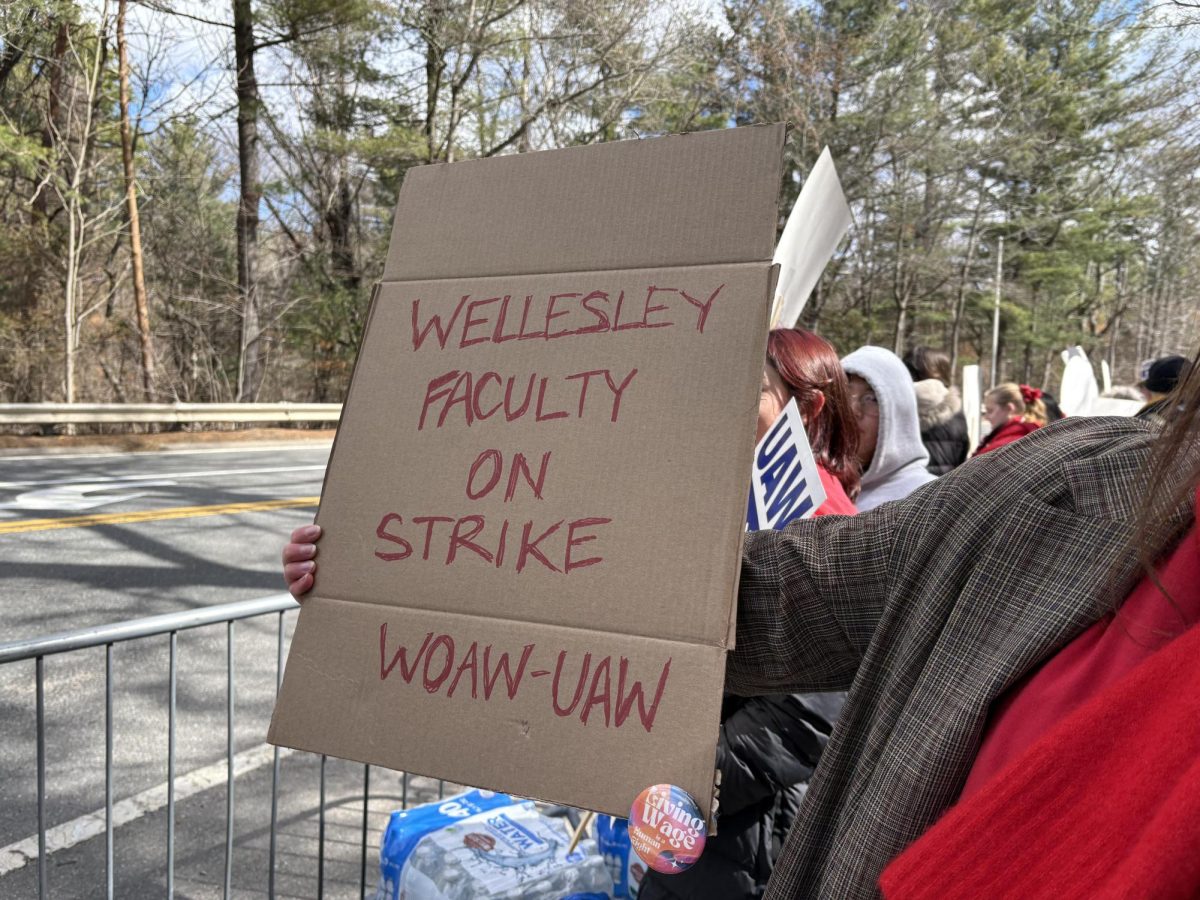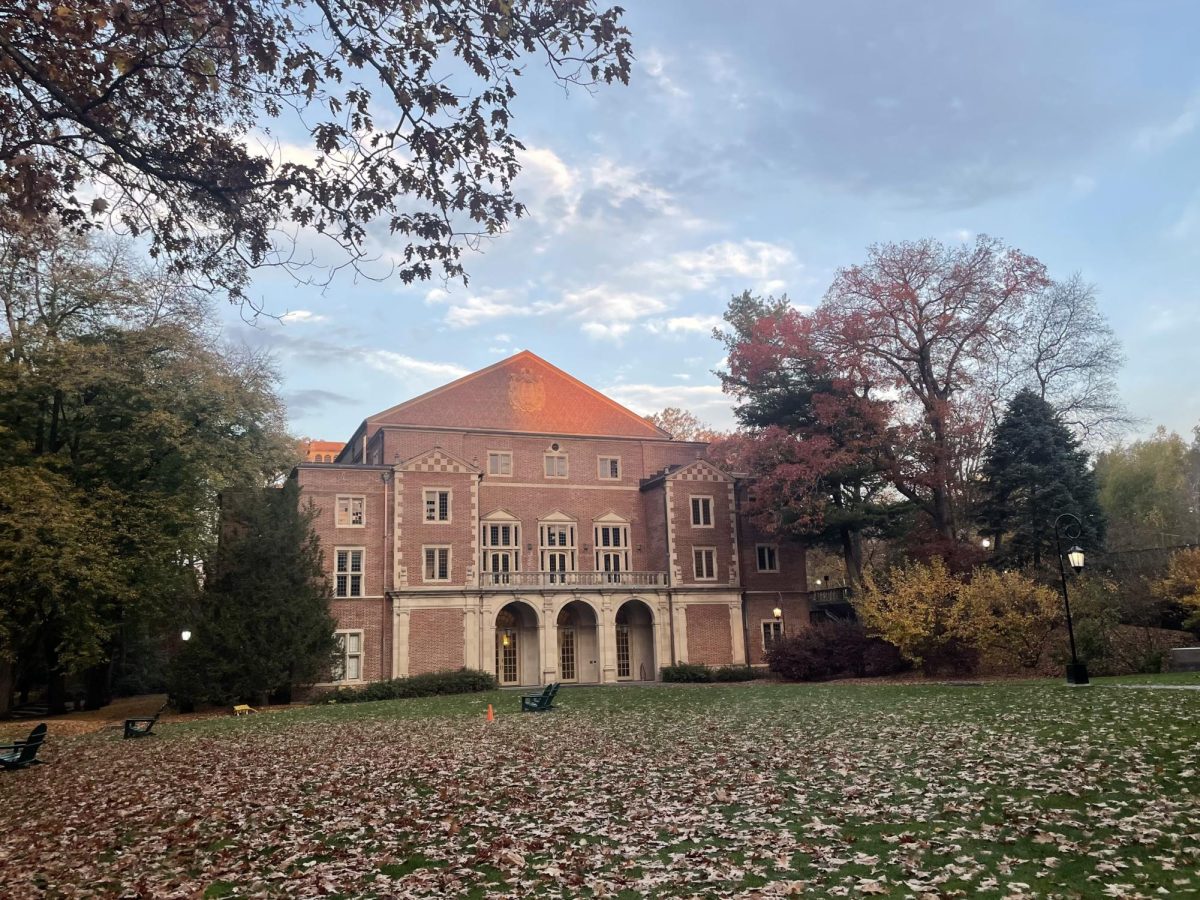Since the start of the semester, affirmation posts manifesting a stable Wi-Fi connection have circulated on Instagram. Students have expressed their frustration with Wellesley Secure and Guest networks’ dependability and signal strength.
In a poll conducted on The News’ Instagram page, 191 out of 192 students reported experiencing Wi-Fi connectivity issues. 104 students reported having experienced 10 or more Wi-Fi interruptions this year.
However, Ravi Ravishanker, chief information officer, reported only two network interruptions since the start of the semester. The first one was the College’s unprecedented power outage on Sep. 30, 2021, followed by the College’s network vendor’s technical mishaps a few weeks ago that disabled the network.
“We had a central location where we keep track of data and monitor connections in the Residence Halls and all academic buildings,” Ravishanker said. “We would have received alerts if access points were not functioning or damaged.”
On campus, there are three wireless networks: Wellesley Guest, Secure and Setup. Erin Richardson, director of Technology Support Services, said students should only connect to Wellesley Secure.
Yoonseo Kim ’22, an exchange student from Yonsei University, struggles with connecting to Wellesley Secure. In her home institution, the connection stays consistent once connected to the school Wi-Fi with student IDs and passwords, while she has to reconnect to Secure every single time.
On top of undependable connections, Wellesley Secure sometimes fails to connect altogether for Kim. When she was studying at Pendleton East, she had to manually connect to Wellesley Guest for internet access, which took much longer.
Stella Gu ’24 was experiencing similar problems with Wellesley Secure. Yet, Wellesley Guest, her only resort other than running through her data plan, was consistently on and off. She was also concerned about the lack of connections out in the open space.
“When we were waiting for the LocalMotion near the Chapel, there was nothing, no Wi-Fi at all,” Gu said.
A lack of confidence in the College’s infrastructure and facilities has risen. Ravishanker and Richardson quickly ruled out the possibility of infrastructure failure, as Library and Technology Services (LTS) had replaced 1,400 access points throughout the campus last January and updated the software used for the network system.
Nevertheless, Emma Wickline ’23 still encountered obstacles with the Wi-Fi connection. Stable networks were a must for her computer science class, yet, she could not access the internet. “The professor told me I was sitting right beneath the router and it still couldn’t connect.”
One explanation for network disruptions may be the recent LTS network restructuring. IP addresses for devices on the campus network will be changed over the course of the semester. The process is believed to result in some short-term disruption. LTS added that residence halls adjustment will take place during the winter break to minimize inconvenience.
“We value stable networks as our first and most important priority,” stressed Richardson. She and Ravishanker suspected students’ connection difficulties may be associated with incorrect configurations or improper device settings. They strongly recommended visiting the Computing Help Desk in Clapp Library, emailing the Help Desk for guidance or, in some unique cases, scheduling a room visit to investigate the specific reasons behind students’ network disruptions.






